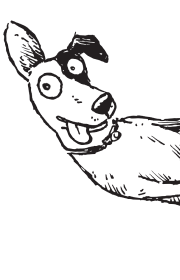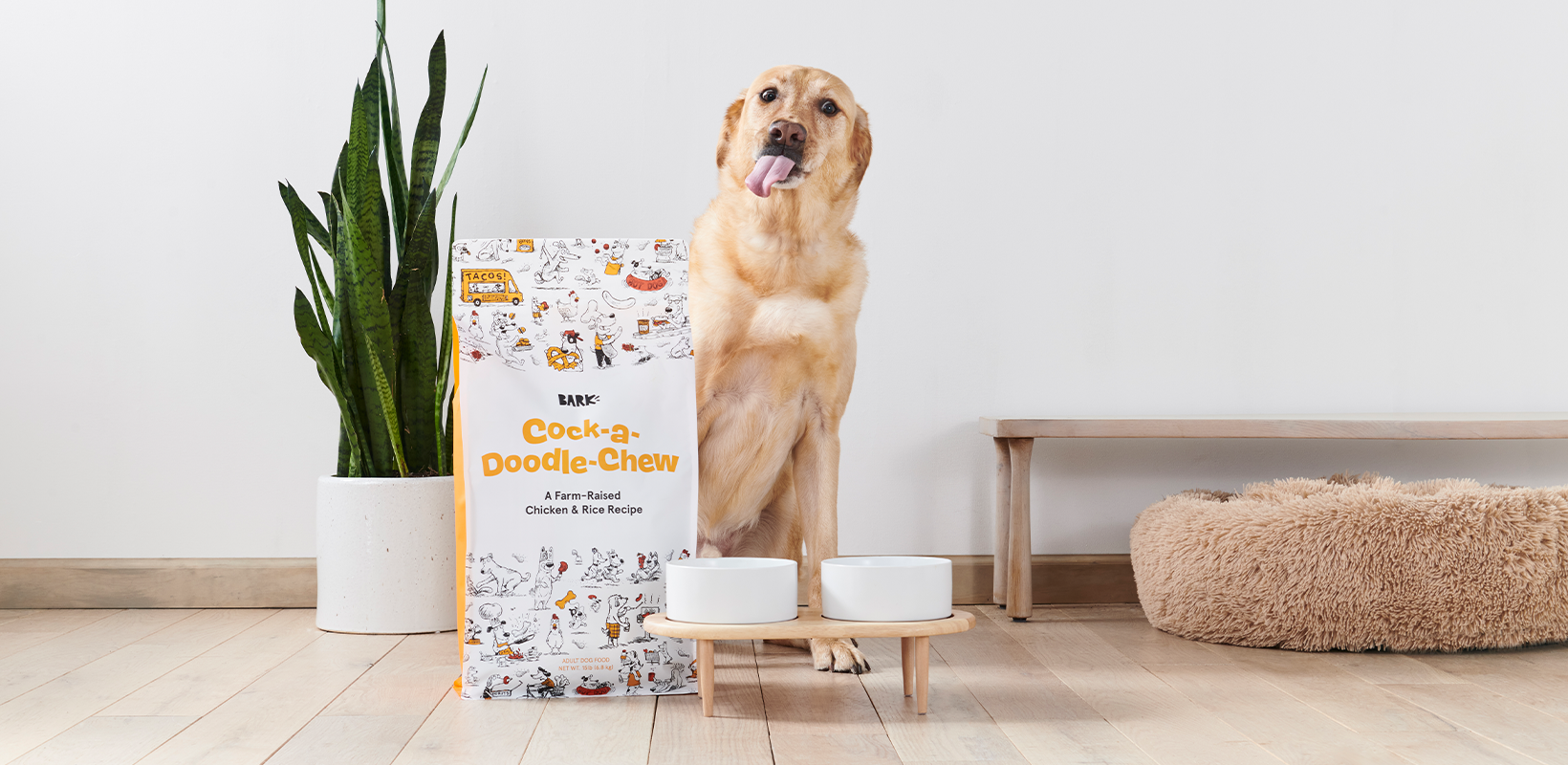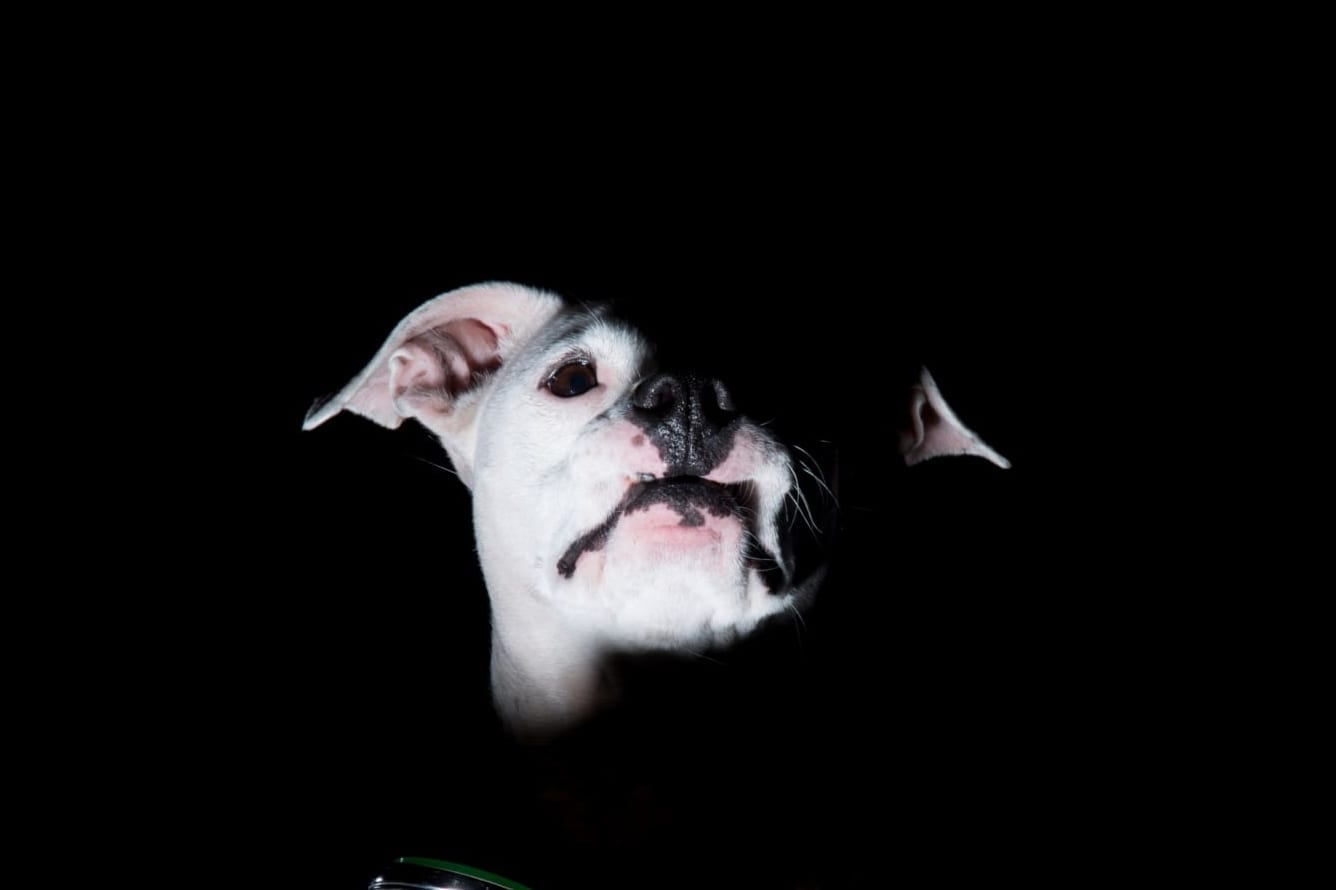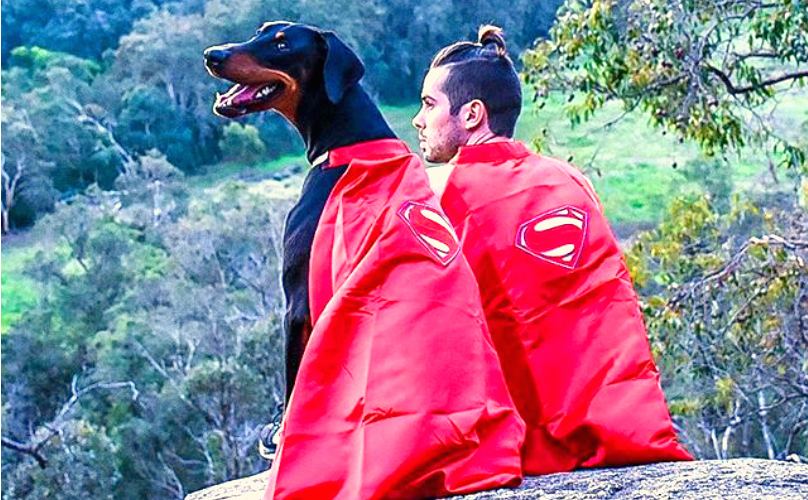If you’re anything like me, your dog’s current job description probably involves sleeping for an obscene amount of hours, multiple forms of mischief making, and lots of cuddle sessions. It’s hard to imagine Oona as anything other than my friend.
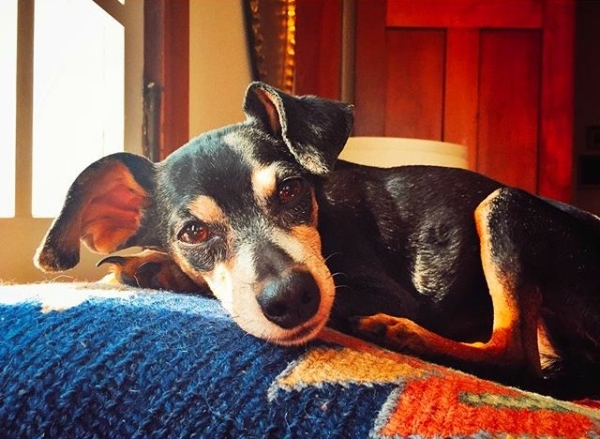

However, when we go hiking and a chipmunk scurries across the trail or into a hole, Oona transforms. She goes crazy and takes off at full speed, expertly cornering her “prey,” acting on instincts that date back hundreds of years. Miniature Pinschers like Oona were bred to hunt vermin; they are quick and agile with a slender snout perfect for digging into the burrows of mice, rats, moles, pretty much any poor unsuspecting critter unfortunate enough to cross their path.
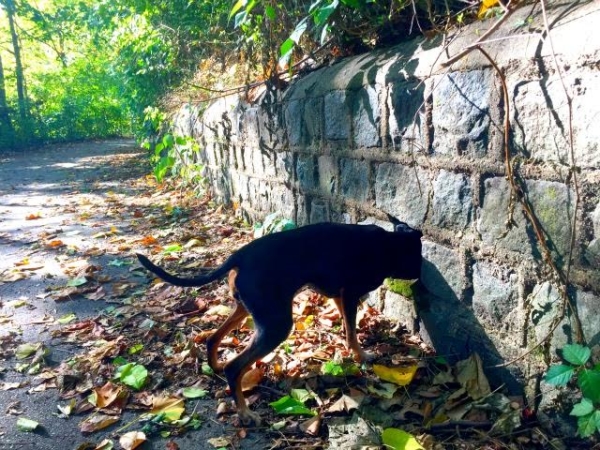

This got me thinking, what about other breeds? What “jobs” were they bred to do?
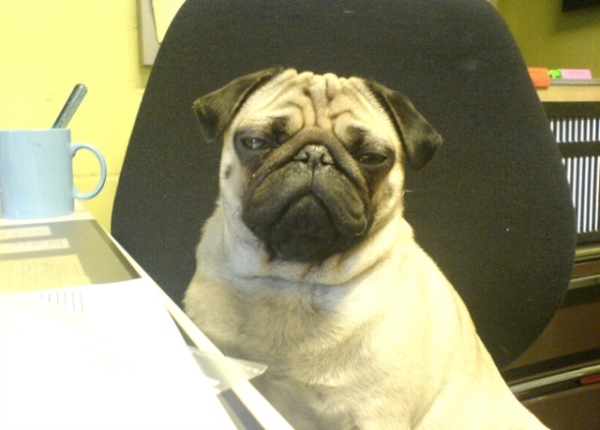

Research estimates that domesticated dogs originated anywhere between 9,000 and 34,000 years ago in Asia, before spreading to Africa. By the start of the Roman Empire, dogs could be specifically categorized as either guard dogs, herding dogs, or hunting dogs.
It wasn’t until the Victorian era that Westerners seriously started toying with genetics; tweaking, diminishing, and enhancing specific behavioral and physical traits in their dogs to create a more desirable outcome with each subsequent generation — effectively creating the first “breeds.”
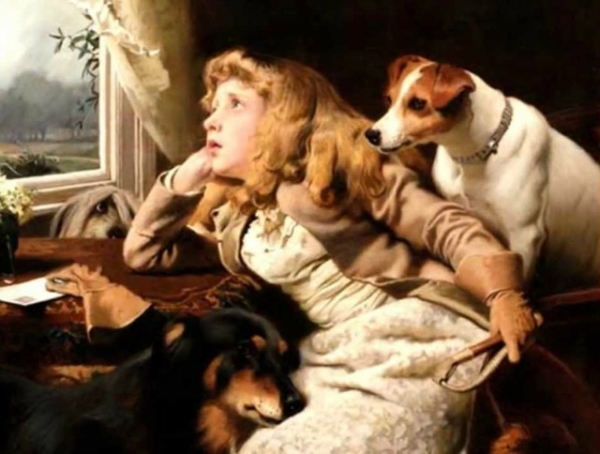

But what are the stories behind these breeds? We’ve got you covered.
1. Irish Setter
The Irish Setter is a skilled gun-dog bred for hunting, specifically for setting or locating game-birds. Tireless, disciplined workers with an acute sense of smell, Setters can move swiftly through almost any terrain and, when tracking, will hold a pointing posture to silently indicate to their human the hiding spots of any birds.
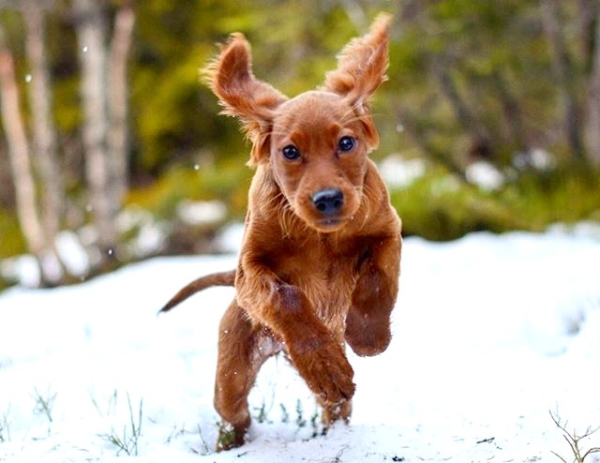

2. Pointer
The Pointer is another gun-dog which (surprise!) points to their quarry. Affectionate, energetic, and intelligent, Pointers make excellent family pets — as long as they get sufficient exercise. After playing second fiddle to the Irish Setter when they were first brought to America over a hundred years ago, the Pointer has since become the pointing breed of choice and has remained on top, dominating interbreed pointing trials since then.
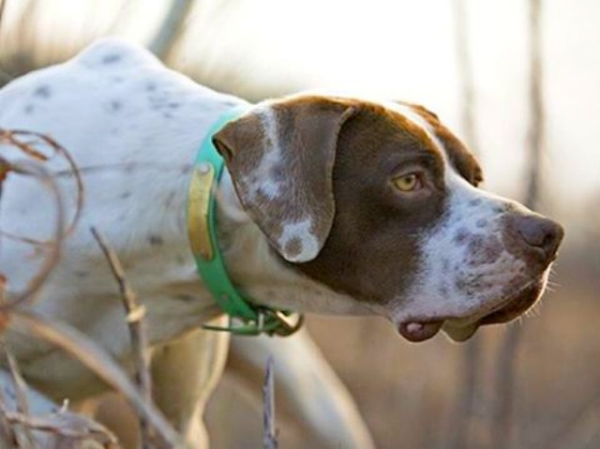

3. Cocker Spaniel
Although the only thing I want to do when I see a Spaniel of any kind is bury my face in their silken ears, these adorable little Furbies were originally bred to be hunting dogs who specialized in tracking woodcocks.
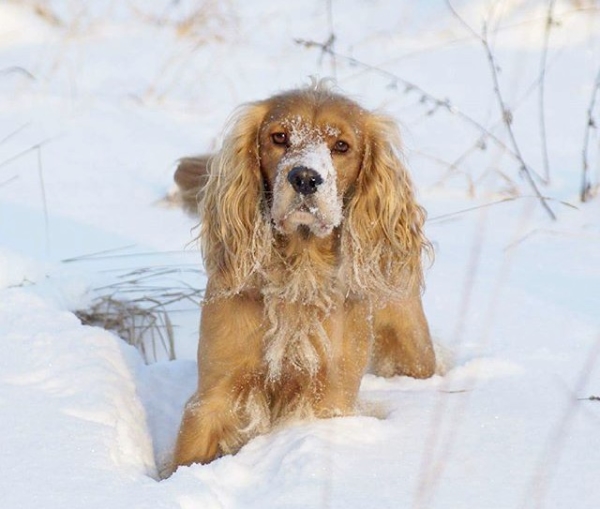

4. Basset Hounds
Our droopy and stubby-legged amigo the Basset Hound (whose name, by the way, is derived from French to mean “rather low”) is a gifted scent-hound bred to hunt rabbits and hare. The olfactory skill of this guy is second only to the Bloodhound.
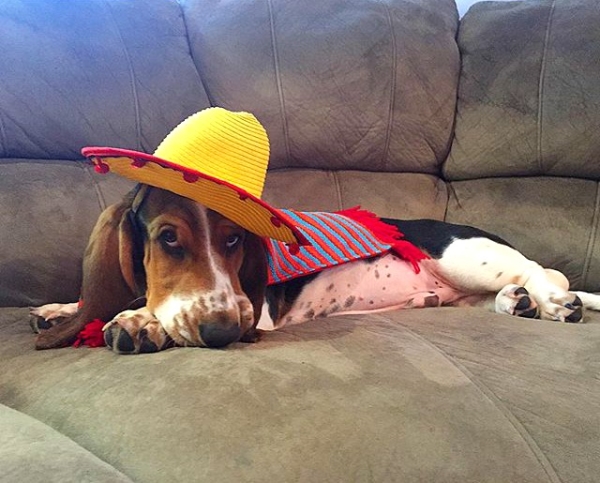

5. Beagle
The Beagle is another skilled scent-hound with a stellar tracking ability, nowadays they are often used to detect drugs, explosives, even termites! With their gentle temperament and unimposing stature, Beagles also make excellent therapy dogs. Although they are slower than most other hunting hounds, Beagles are often preferred by hunters because they make such pleasant companions.
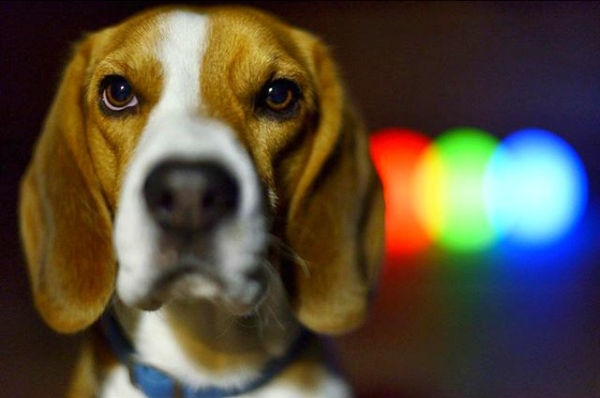

6. Bloodhound
One nose to rule them all. Large scent-hounds originally bred for hunting big game like wild boar and deer, Bloodhounds are more likely to track human beings these days. Their top notch noses can detect human odors even if it’s days later across great distances — even water! This keen sense of smell paired with a wicked tracking ability makes them ideal dogs for use by law enforcement looking for escaped prisoners, missing people, as well as lost children and pets.
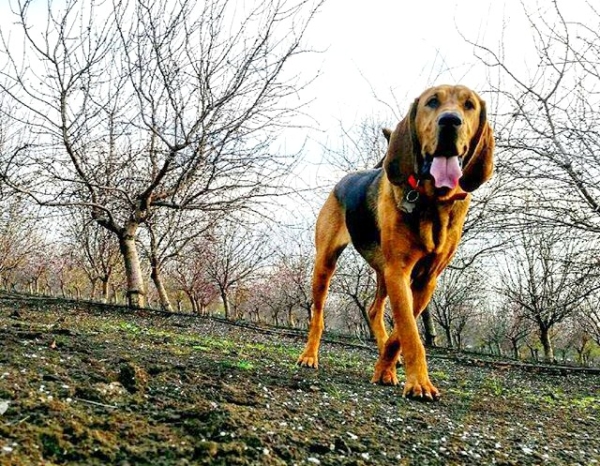

7. Dachshund
This derpy little girl is Andi, her favorite activity is sniffing out and sneaking treats, kibbles, garbage, and sandwiches from every corner of our office. Her ancestors back in the 18th century, however, were bred to hunt badgers, rabbits, and other burrowing critters. Their long, slender, sausagey bodies and large, paddle-like paws are perfect for digging after small prey. The name ‘Dachshund’, from German, even means “badger dog”.
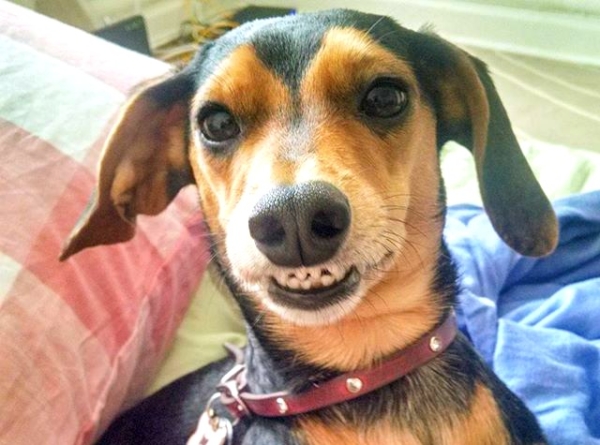

8. Bull Terrier
A blend of two dogs that it doesn’t resemble in the slightest anymore, the Bull Terrier was bred to some extent for vermin control but mostly — and sadly — for animal-based bloodsports. Whether they were put up against a pit of rats, boars, bears, or other dogs the Bull Terrier made a ferocious opponent by combining the agility and alertness of a Terrier with the power, tenacity, and high pain threshold of a Bulldog.
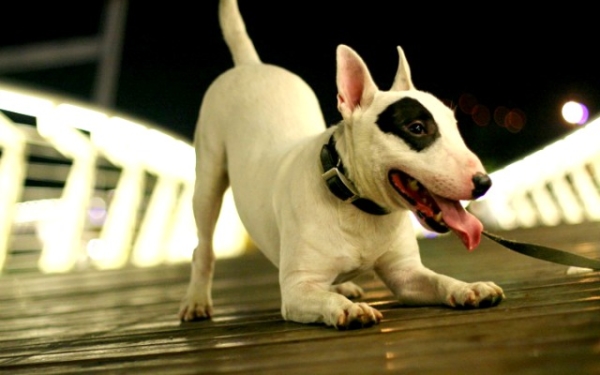

9. Jack Russell Terrier
These small, predominantly white-bodied working Terriers were first bred back in 1795 by Reverend John Russell, a parson and hunting enthusiast. Especially adept in hunting foxes, these intelligent little dogs are highly courageous with unbelievable stamina.
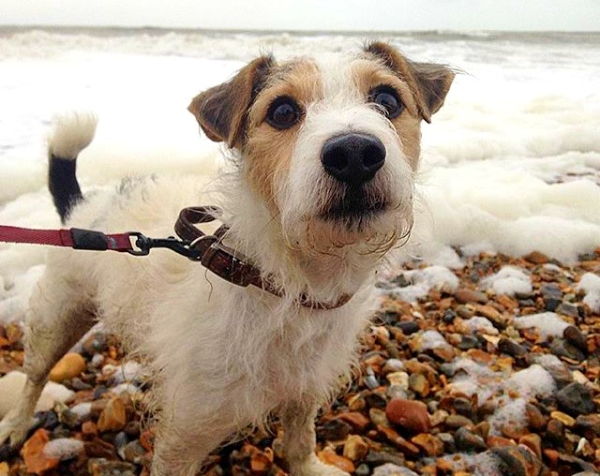

10. Collie
Collies, like the Border Collie pictured, are a distinctive type of herding dog which originated in Scotland and Northern England. Although they are usually a decent size, Collies are lightly built which allows them to remain agile and athletic. Their qualities of extraordinary intelligence, trainability, and — most importantly — sagacity make Collies the perfect dog to help keep all of your ducks (or sheep, or cows) in a row.
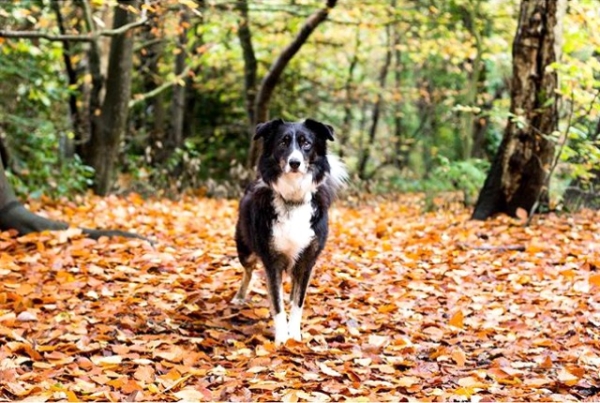

11. Mastiff
Mastiffs are incredibly large Molossers bred for their formidable strength and size. Common belief is that all types of Mastiffs share an ancestor, making them twigs on the same branch of the evolutionary tree — they can all be traced back to the Molossus, a dog bred by the Ancient Greeks! Mastiffs were used to guard estates, ward of intruders, and capture poachers. Even though they tend to be huge sweeties, people often still use them as guard dogs today.
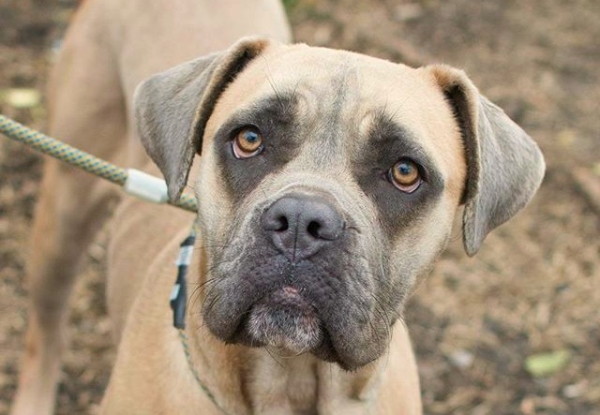

12. Greyhound
Gentle, intelligent, and built for speed (they can reach up to 43 mph!), the Greyhound is a sighthound that was used in hunting prior to their use in racing, which continues in some areas through today. Fast enough to rely on sight and not scent, the Greyhound was commonly used to course deer and hare.
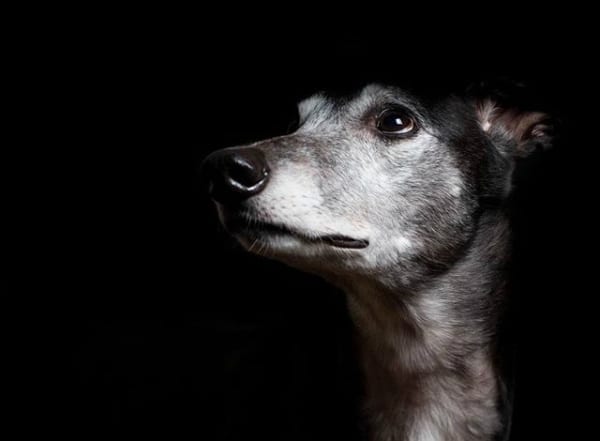

13. Rottweiler
A veritable Jack of all trades, the Rottweiler has filled many job slots throughout history. Originally called “Rottweil butchers’ dogs”, they were used to herd livestock and also as beasts of burden, pulling carts laden with butchered meats and various other products to market. In the 19th century, when railways alleviated a lot of the need for transport to and from market, Rottweilers moved towards herding exclusively before expanding their horizons; they are now used as search and rescue dogs, guard dogs, police dogs, and guide dogs for the blind.
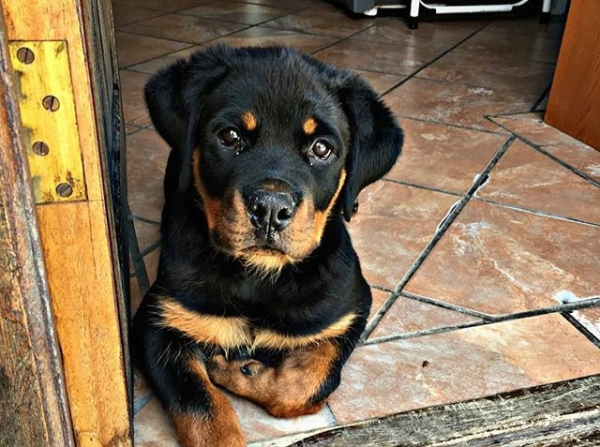

14. Saint Bernard
These gigantic dogs hail from the Swiss Alps and were bred for mountain rescue. The first recorded references to these gentle giants were made by monks at the hospice at the Great St. Bernard Pass in 1707, but research suggests they are even older than that. The most famous St. Bernard is Barry (or Berry) who reportedly saved between 40 and 100 lives! Eat your heart out, Beethoven.
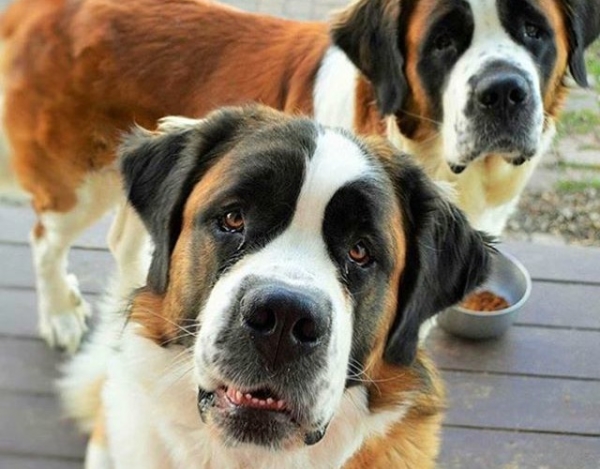

15. Dalmatian
These distinctive spotted pups were bred to act as carriage dogs, dogs who would trot alongside their owners carriages to offer protection and ward off bandits and highwaymen. With roots in Croatia and historical Dalmatia, Dalmatians are still put to work today as guide dogs, athletic partners, guardians, and fire dogs.
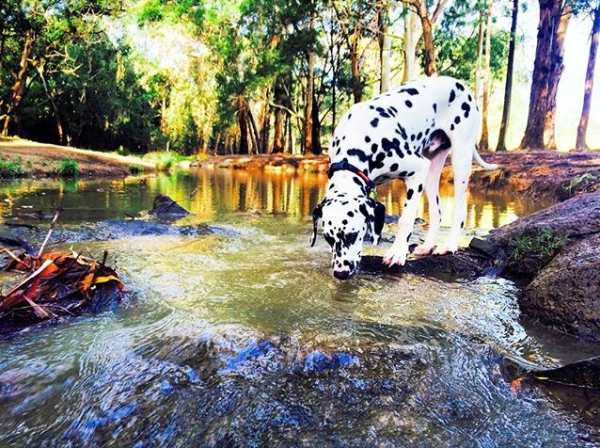

16. Yorkshire Terrier
Originally from Yorkshire in Northern England, the Yorkie didn’t have such a glamorous past despite being one of the preferred lapdogs of today. Similar to my Min Pin, they were bred to hunt rats and were also used in the unsavory and archaic bloodsport of rat-baiting.
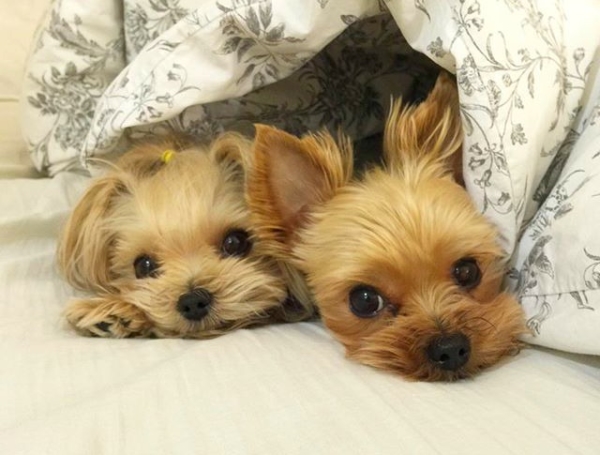

17. Bulldog
Everyone’s favorite squishy face is characterized by wide shoulders, chest, and stance as well as pronounced mandibular prognathism an adorable underbite. Bulldogs were first mentioned in literature way back in 1500 and were bred to bull-bait for the potential financial benefit and entertainment of men (guess Game Of Thrones wasn’t on that night).
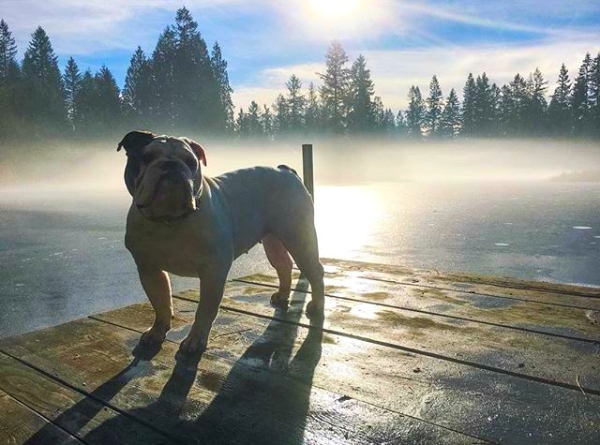

18. Poodle
It may come as a surprise to some that Poodles, perhaps best known for their daring and dramatic hairstyles, were originally bred as water dogs (a type of gun dog used to retrieve fowl from the water). Poodles are believed to have originated in Germany where they were called Pudelhunds, or “Puddle Hounds” because of their affinity for water.
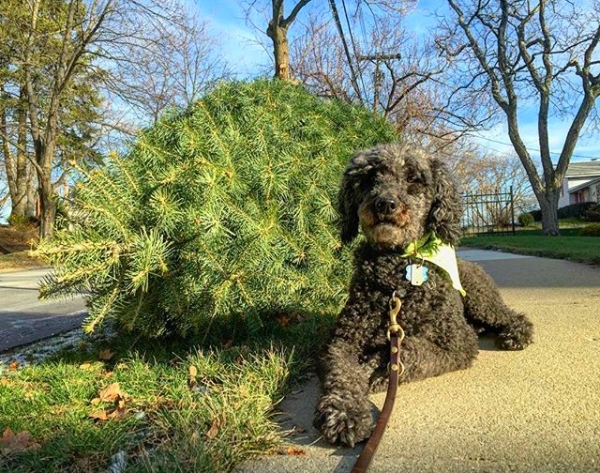

19. Pomeranian
The Pomeranian is a toy breed descended from larger types of Spitz dogs and is named for the Central European region of Pomerania. While their bulkier ancestors the German Spitz were large working dogs, the Pomeranian as we know it today puts in more hours as a therapy dog and loving companion.
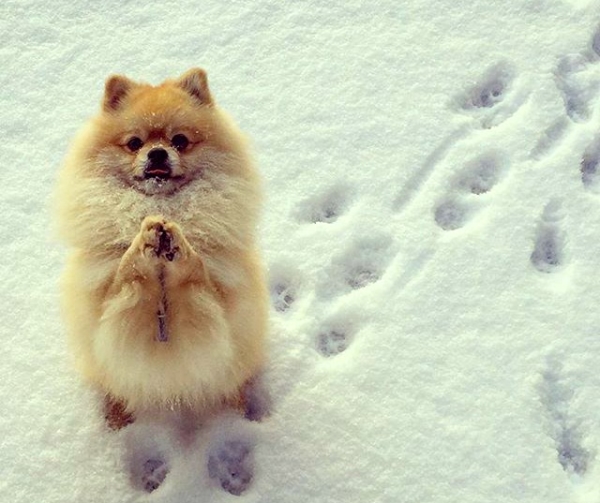

20. Golden Retriever
With a natural love of water and advanced trainability, Golden Retrievers were bred to retrieve hunted waterfowl from the water and return it to their owner undamaged. Their long coat makes them well suited to colder climates and is two-fold: a warm, dense inner coat to retain heat and a silky outer coat which repels water. Their calm, friendly demeanor makes them excellent guide dogs for the blind and deaf, they are also well suited for search and rescue as well as detection jobs.
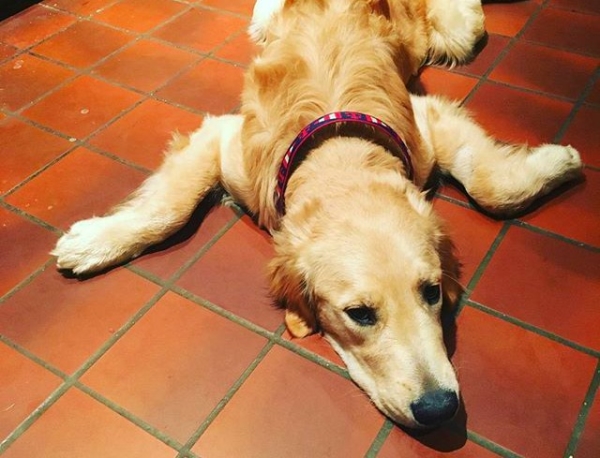

21. Great Dane
The Great Dane is an extremely large breed that potentially dates back to Ancient Greece in the form of large boarhounds or Molossian hounds. In the mid-16th century, the nobility of many European countries had strong, long-legged dogs imported that were descended from Irish Wolfhounds and the English Mastiff. These dogs were used to hunt bear, boars, and deer with the nobility’s favorites being lavished with affection and luxuries.
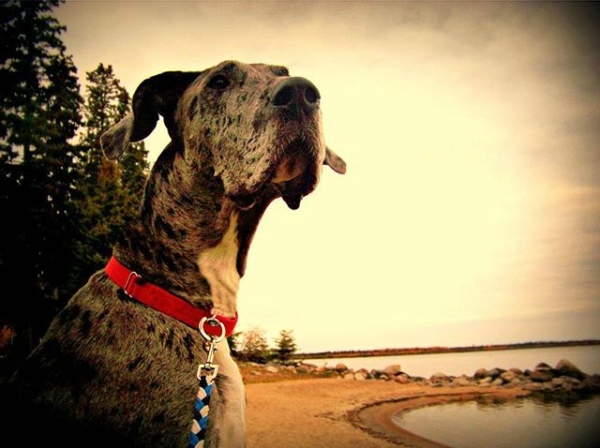

22. Pug
Well, Pugs originated in China where they were bred to be companions to the royal families who loved, adored, and spoiled them rotten. The royals couldn’t keep them to themselves for too long though, one look at those wrinkly little Gremlins and the Pug Bug spread across Asia and then the rest of the world.
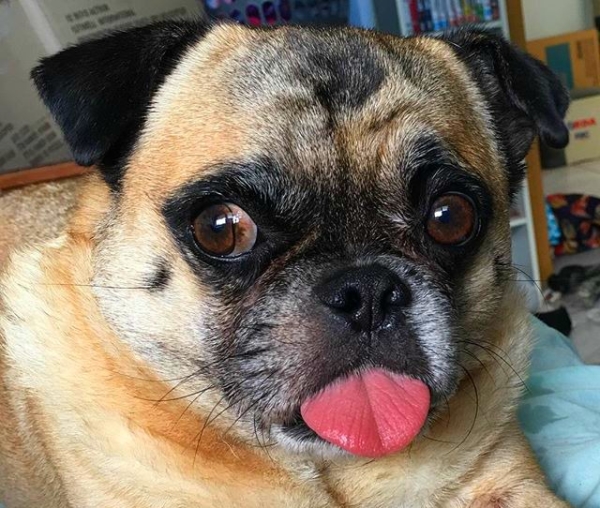

Royals in Europe couldn’t couldn’t get enough of them either, Pugs soon became the preferred choice of Queen Victoria. Under her reign the breed flourished with many people responding well to the Pugs general anti-functionalism and small size (basically, what everyone still loves about toy breeds today).
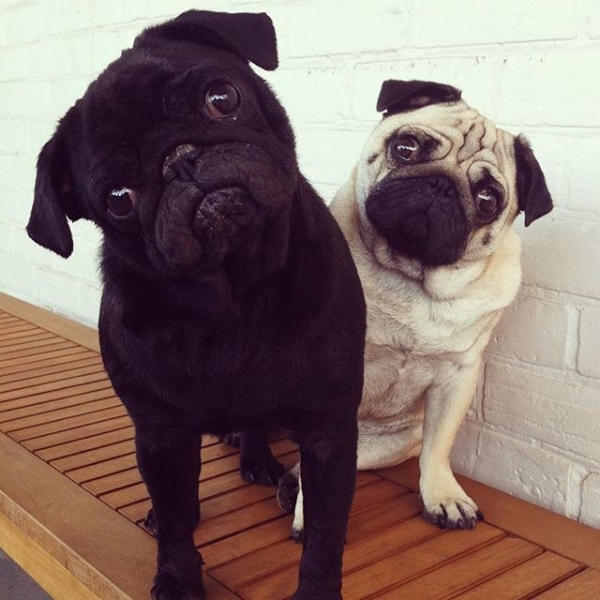

These loyal, energetic bundles of personality make first-rate friends and excellent companions for children. They stick close to their human and, while fond of activity and attention, they are more than willing to kick back and relax. Hey man, whatever you wanna do, your Pug is just happy to be by your side. And, really, what better job is there for a dog?
Featured Image via @ohmypugs
